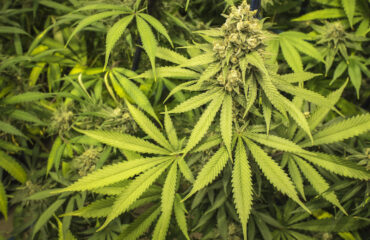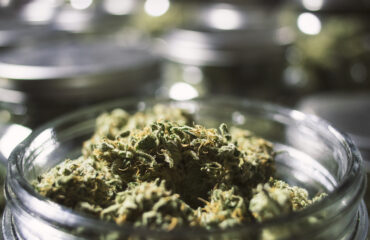(Editor’s Note: April is Alcohol Awareness Month. This is an important issue that involves alcohol)
What does murder in America look like? It happens at night. The victim is the wife. Her husband is the one who killed her, and he is older than 30 with a criminal record. He acts alone. In half of cases, he uses a gun; in a quarter of cases, he uses a knife. Half of the killers and one third of the victims had been drinking.
Alcohol and Intimate Partner Violence
There is no question that alcohol fuels intimate partner violence (IPV)/domestic violence (DV). It may not be causal, but it certainly co-occurs most of the time. Alcohol is the only substance which universally can be shown to increase aggression. Alcohol is consistently a significant predictor of IPV/DV. It impairs judgment and reduces inhibitions.
Three quarters of IPV/DV survivors say alcohol or other drugs were a factor in these incidents. Rates of IPV/DV are about 15 times higher in households where husbands were described as “often drunk” as opposed to “never drunk.” Moreover, more than half of men in substance use treatment have battered intimate partners. If the issue of IPV/DV is not addressed in recovery, it is often one of the triggers that sets off relapse. Addressing both substance use and violence enhances the likelihood of success.

- About 40 percent of children from violent homes believe that their fathers had a drinking problem and that they were more abusive when drinking (Roy, 1988).
- Childhood physical abuse is associated with later substance abuse by youth (Dembo et al., 1987).
- Fifty percent of batterers are believed to have had “addiction” problems (Faller, 1988).
- Substance abuse by one parent increases the likelihood that the substance-abusing parent will be unable to protect children if the other parent is violent (Reed, 1991).
- A study conducted by the Department of Justice of murder in families found that more than half of defendants accused of murdering their spouses — as well as almost half of the victims — had been drinking alcohol at the time of the incident (Bureau of Justice Statistics, 1994).
- Teachers have reported a need for protective services three times more often for children who are being raised by someone with an addiction than for other children (Hayes and Emshoff, 1993).
- Alcoholic women are more likely to report a history of childhood physical and emotional abuse than are nonalcoholic women (Covington and Kohen, 1984; Miller et al., 1993; Rohsenow et al., 1988; Hein and Scheier, 1996).
- Women in recovery are likely to have a history of violent trauma and are at high risk of being diagnosed with posttraumatic stress disorder (Fullilove et al., 1993)[1]
24/7 Program
The 24/7 Program requires multiple driving while impaired (DWI) arrestees to get alcohol tested twice a day while on bail. In an evaluation of that program, researchers found extremely high compliance (99%); DWI arrests down; and, surprisingly, IPV/DV arrests down 9%.
In one study, participants in a batterers’ program were tested for alcohol when they reported to court for a progress report and one third were positive. There are similar results when officers tested everyone in a session at a batterers’ intervention program. In another study, over 70% of those arrested for IPV/DV tested positive for alcohol and 50% for another drug. In another, over 90% of those arrested had been using alcohol or other drugs and so had over 40% of the victims. Yet, 75% of batterers abuse even when they are sober.

What to do?
Alcohol is a key factor in 86% of homicides, 37% of assaults, 60% of sexual offenses and 13% of child abuse. The cost of IPV/DV exceeds $5.8 billion each year with $4.1 billion in direct medical costs and mental health services. The cost of all violence committed under the influence of alcohol is $88 billion a year.
Things we can do to help:
- Do a substance use assessment when referring to a batterers’ program
- Do a IPV/DV assessment when referring to substance use treatment programs
- Require engagement in substance use treatment and batterers’ intervention programs concurrently
- Require batterers’ programs to have a no alcohol or other drug policy when attending programs
- Impose a “no alcohol or other drugs” clause in all grants of probation for IPV/DV
- Test for alcohol and other drugs regularly
- Require regular progress reports from the program accompanied by test results
- Impose sanctions for non-compliance
- The goal of court intervention should be better protection for the victim; restoration of the batterer; less trauma for children; and, fewer probation violations
Together we can make a difference and reduce the violence.
Footnote:
[1]“Substance Abuse Treatment and Domestic Violence,” Treatment Improvement Protocol (TIP) No. 25, Substance Abuse and Mental Health Services Administration, 1997
Get more articles like this
in your inbox
Subscribe to our mailing list and get the latest information and updates to your email inbox.
Thank you for subscribing.
Something went wrong.






